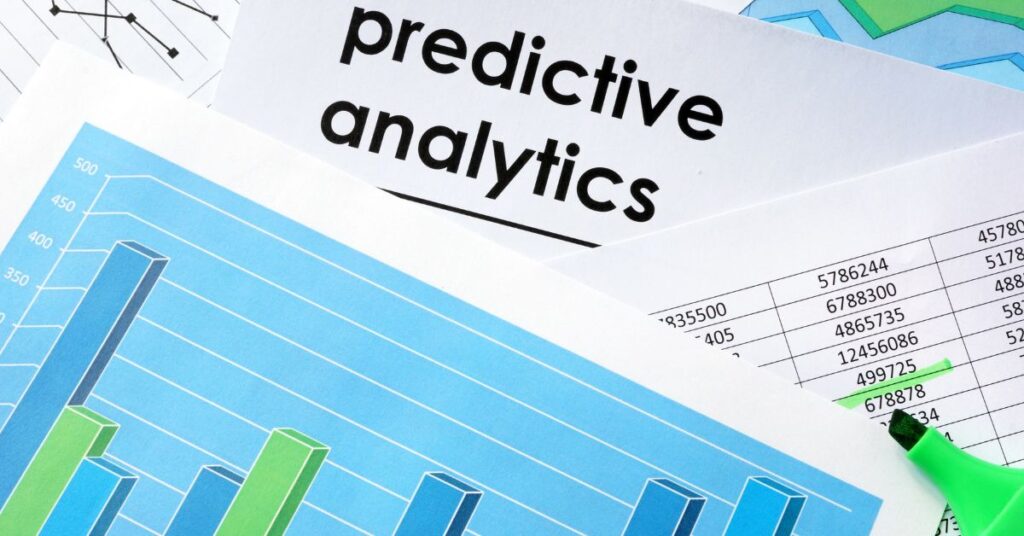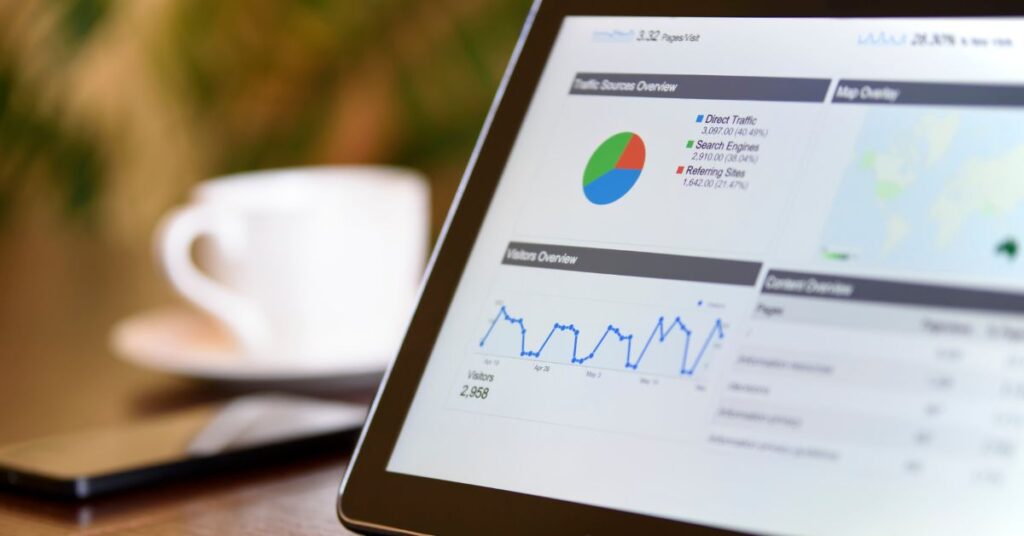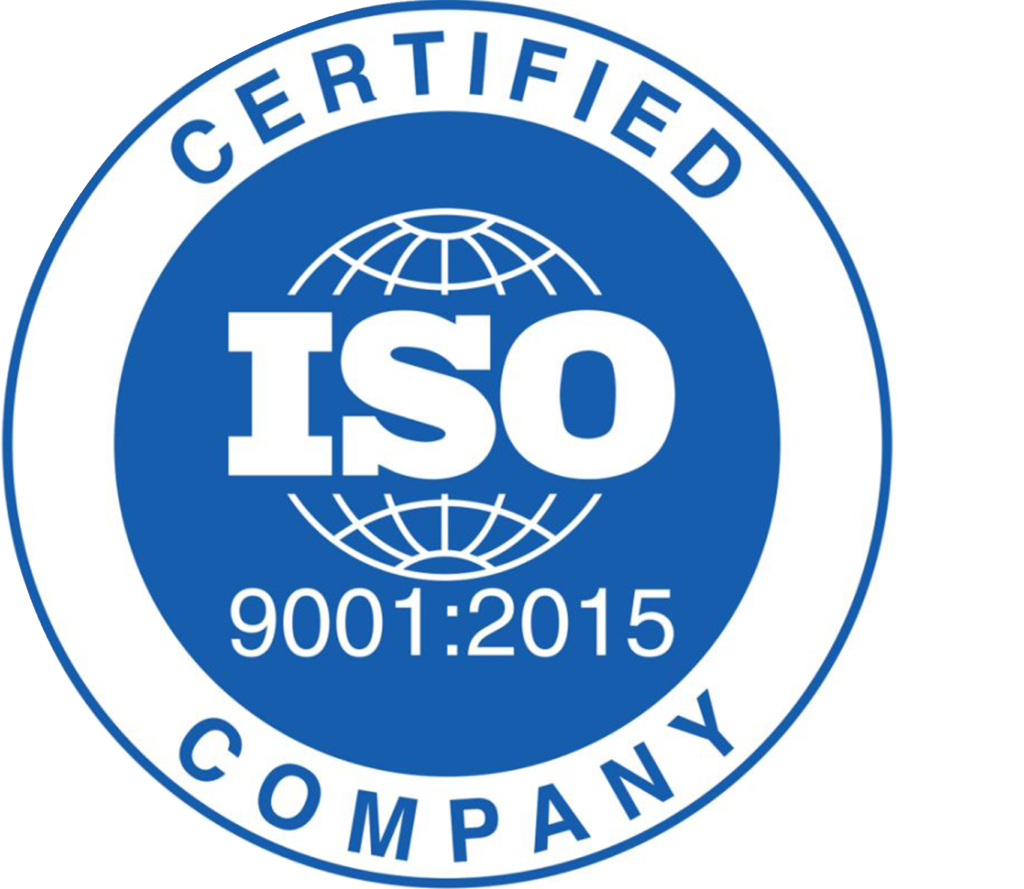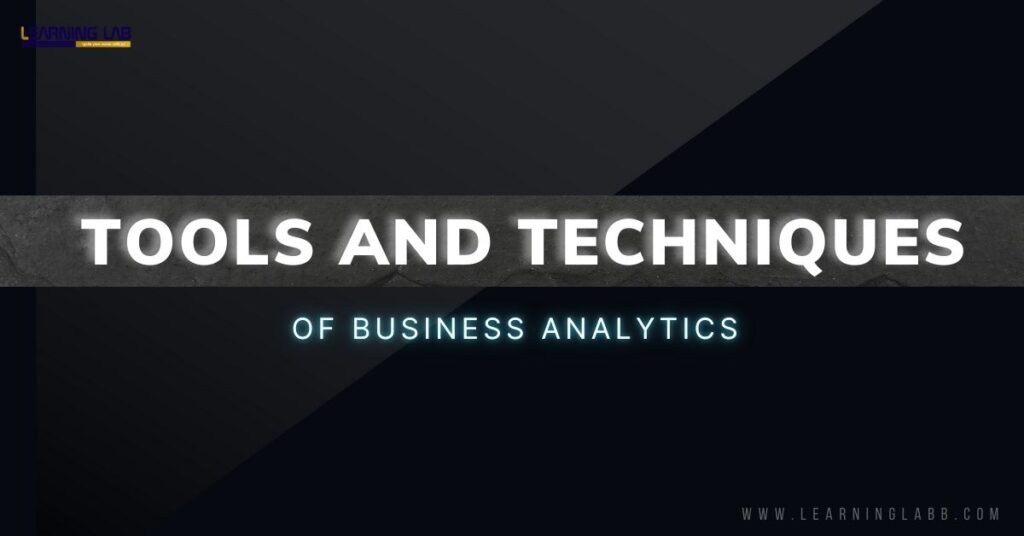Tools and Techniques of Business Analytics: Leveraging the right tools and techniques of business analytics allows companies to extract actionable information, optimize processes, and stay competitive.
What Is Business Analytics?
Business analytics involves the systematic analysis of data using statistical and computational methods to aid decision-making. It answers critical questions such as:
- What happened?
- Why did it happen?
- What might happen in the future?
- What actions should be taken?
By applying the tools and techniques of business analytics, businesses can uncover trends, identify opportunities, and solve challenges with data-driven precision.
Difference Between Tools and Techniques
Although tools and techniques are integral to business analytics, they serve different purposes:
- Tools: These are software, platforms, or systems like Tableau, Power BI, and Python that enable data collection, processing, and visualization.
- Techniques: These are the methodologies or processes, such as regression analysis, data mining, or forecasting, used to interpret and analyze data.
For example, using Python (tool) to perform clustering (technique) demonstrates how these two elements work together.

Types of Business Analytics Techniques
Business analytics techniques are categorized into four key types, each addressing specific questions:
- Descriptive Analytics
- Focuses on understanding past performance.
- Answers the question: “What happened?”
- Example: Dashboards and reports.
- Diagnostic Analytics
- Explores the reasons behind past performance.
- Answers the question: “Why did it happen?”
- Example: Root cause analysis.
- Predictive Analytics
- Forecasts future trends and outcomes based on historical data.
- Answers the question: “What might happen?”
- Example: Sales forecasting using machine learning.
- Prescriptive Analytics
- Recommends actions to achieve desired outcomes.
- Answers the question: “What should we do?”
- Example: Optimization models for supply chain management.
Various Tools of Business Analytics
Now, let’s explore the various tools of business analytics that are widely used by organizations:
- Microsoft Power BI: A popular tool for data visualization and reporting, ideal for creating interactive dashboards.
- Tableau: Renowned for its user-friendly interface and robust visualization capabilities and allows integration with multiple data sources.
- Python: A versatile programming language with extensive libraries for data analysis and machine learning, and commonly used for advanced analytics.
- R Programming: A statistical programming language that excels in data visualization and statistical modeling.
- SQL (Structured Query Language): Essential for querying and managing databases.
- SAS (Statistical Analysis System): A tool for statistical analysis and predictive modeling.
These tools and techniques of business analytics empower businesses to make smarter decisions. As a famous quote by Peter Drucker says, “What gets measured gets managed.”

Why Are Tools and Techniques of Business Analytics Important?
Consider this: A retail company wants to boost sales during a festive season. Using predictive analytics (technique) on historical sales data in Tableau (tool), they identify which products are in high demand and adjust inventory accordingly. The result? Higher sales and satisfied customers.
Business analytics:
- Improves operational efficiency.
- Boosts customer satisfaction.
- Improves financial performance.
- Drives innovation.
With the right blend of tools and techniques of business analytics, even small businesses can compete with larger enterprises.
How To Get Started With Business Analytics?
If you’re new to business analytics, the journey might seem overwhelming. But with the right guidance and training, you can master both the tools and techniques. Here are some steps to get started:
- Learn the basics: Understand data analysis concepts and terminologies.
- Master key tools: Gain hands-on experience with tools like Power BI, Tableau, and Python.
- Understand techniques: Learn techniques like regression, clustering, and data visualization.
- Enroll in professional courses: At Ze Learning Labb (ZELL), we offer industry-relevant courses in business analytics that include real-world projects and placement support.
- Stay updated: The field of analytics evolves rapidly, so continuous learning is essential.
Why Choose Ze Learning Labb (ZELL)?
Business analytics is not just a skill; it’s a gateway to a thriving career. At ZELL, we focus on empowering students with:
- Practical training on the tools and techniques of business analytics.
- Real-world projects to build industry-ready skills.
- Industry-skilled placement support to kickstart your career.
Whether you’re a fresher or a working professional, our courses are tailored to meet your needs. Take the first step towards mastering analytics and unlocking new career opportunities.

On A Final Note…
The world of business analytics is vast, but understanding the tools and techniques of business analytics is the first step towards leveraging its potential. By bridging the difference between tools and techniques and mastering the types of business analytics techniques, you can unlock new opportunities for personal and professional growth.
Remember, the right tools and techniques can transform data into decisions, and decisions into success. Start your journey today with Ze Learning Labb.





